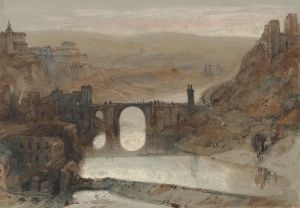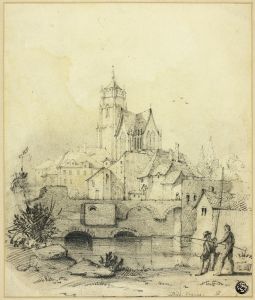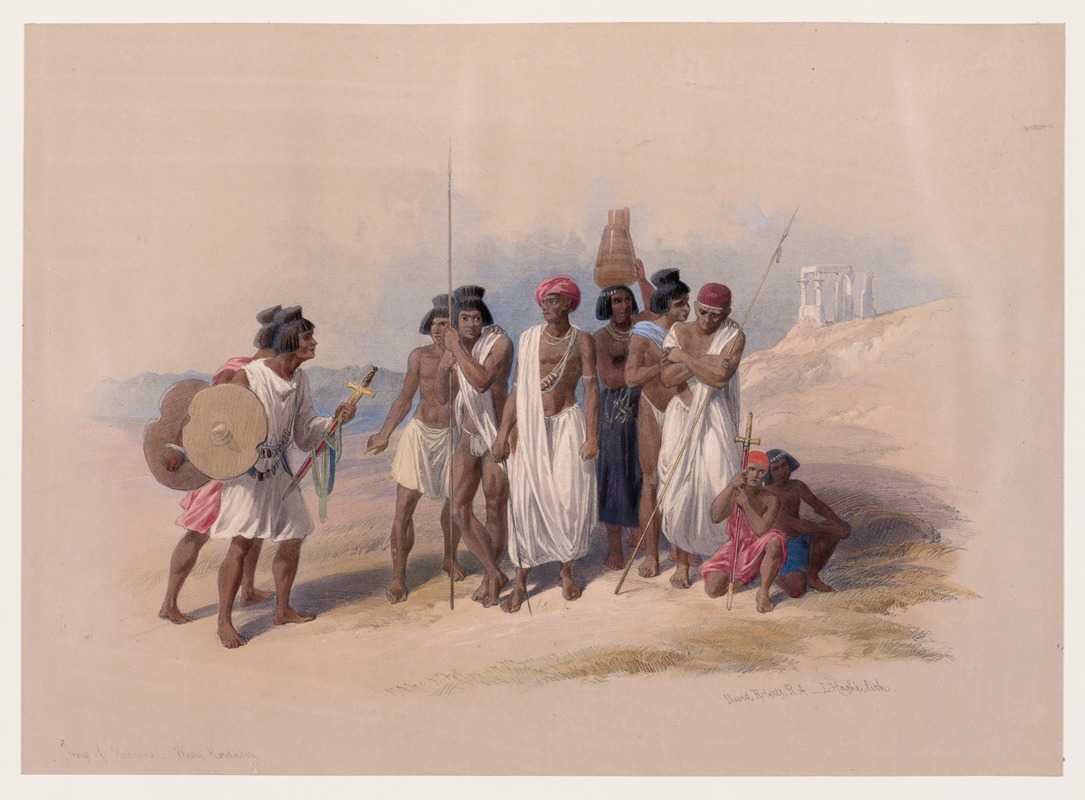
Group of Nubians, Wady Kardasey [sic] [Qirtâsî].
A hand-painted replica of David Roberts’s masterpiece Group of Nubians, Wady Kardasey [sic] [Qirtâsî]., meticulously crafted by professional artists to capture the true essence of the original. Each piece is created with museum-quality canvas and rare mineral pigments, carefully painted by experienced artists with delicate brushstrokes and rich, layered colors to perfectly recreate the texture of the original artwork. Unlike machine-printed reproductions, this hand-painted version brings the painting to life, infused with the artist’s emotions and skill in every stroke. Whether for personal collection or home decoration, it instantly elevates the artistic atmosphere of any space.
David Roberts' lithograph titled Group of Nubians, Wady Kardasey [sic] [Qirtâsî] is a work that forms part of his extensive series of illustrations documenting his travels in Egypt and Nubia during the 19th century. David Roberts (1796–1864) was a Scottish painter and one of the first European artists to extensively depict the landscapes, architecture, and people of the Middle East and North Africa. His works are considered significant contributions to the Orientalist art movement and provide valuable visual records of the region during that period.
This particular lithograph was created based on sketches Roberts made during his journey along the Nile River in 1838–1839. The title refers to Wadi Qirtâsî, a location in Nubia (modern-day southern Egypt and northern Sudan) known for its proximity to ancient temples and monuments. The term "Nubians" in the title refers to the local people of the region, who are depicted in the artwork. Roberts' portrayal of the Nubians reflects his interest in documenting the customs, attire, and daily lives of the people he encountered during his travels.
The lithograph was produced as part of Roberts' monumental publication The Holy Land, Syria, Idumea, Arabia, Egypt, and Nubia, which was published in six volumes between 1842 and 1849. The series was engraved by Louis Haghe, a prominent lithographer of the time, and was highly praised for its artistic and technical quality. Roberts' works were based on his on-site sketches, which he later refined and transformed into detailed compositions for lithographic reproduction.
While Roberts' depictions are celebrated for their artistic merit and historical value, they are also products of their time and reflect the perspectives and biases of a 19th-century European traveler. His works often romanticized the people and places he encountered, catering to the tastes and expectations of a European audience fascinated by the "exotic" East.
The lithograph Group of Nubians, Wady Kardasey [sic] [Qirtâsî] is an example of Roberts' effort to capture the human element of the landscapes he explored. It provides a glimpse into the lives of the Nubian people as seen through the eyes of a Western artist during the early Victorian era. Today, Roberts' works are studied both as artistic achievements and as historical documents that offer insight into 19th-century perceptions of the Middle East and North Africa.






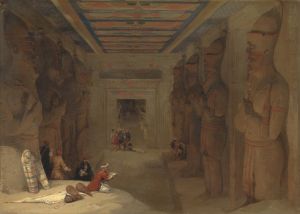
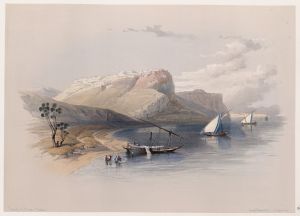
![Gate of the Metwaleys [Bab Zuwayla], Cairo.](/imgs/217486/s/david-roberts-gate-of-the-metwaleys-bab-zuwayla-cairo-669b6ca3.jpg)

![Karnac [Karnak]. Nov. 29th, 1838.](/imgs/217502/s/david-roberts-karnac-karnak-nov-29th-1838-8df2346d.jpg)
![Medinet Abou [Medinet Habu], Thebes. Dec. 5th, 1832.](/imgs/217510/s/david-roberts-medinet-abou-medinet-habu-thebes-dec-5th-1832-9c2109da.jpg)
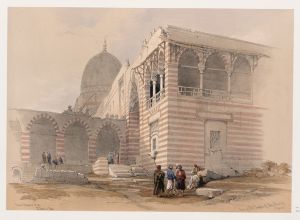
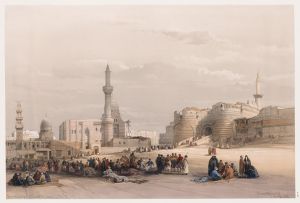
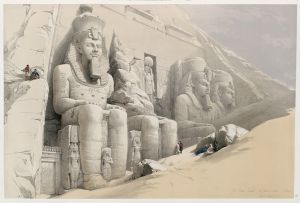
![View on the Nile looking towards the pyramids of Dashour [Dahshûr]and Saccara [Saqqârah].](/imgs/217572/s/david-roberts-view-on-the-nile-looking-towards-the-pyramids-of-dashour-dahshurand-saccara-saqqarah-6cb692fe.jpg)
